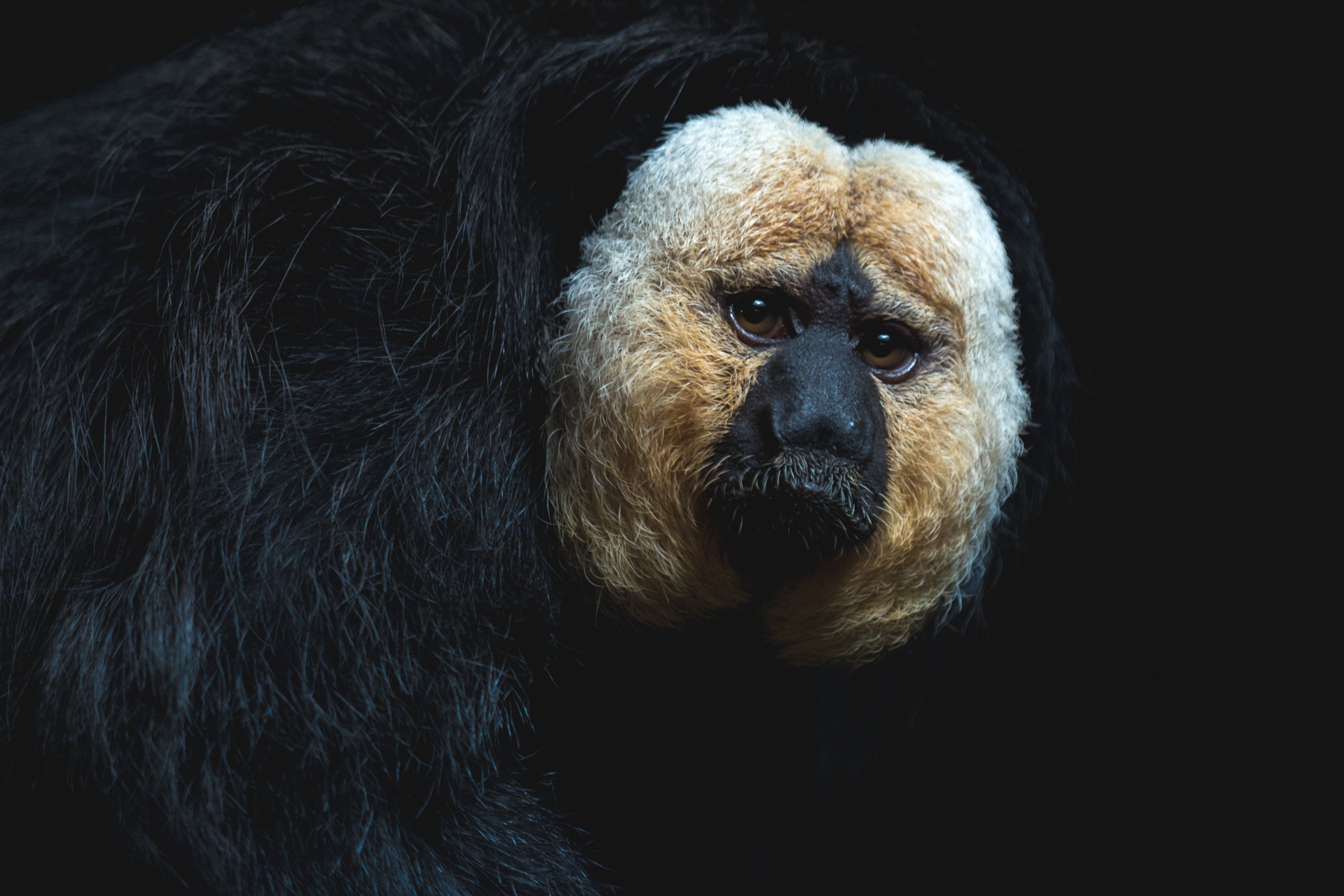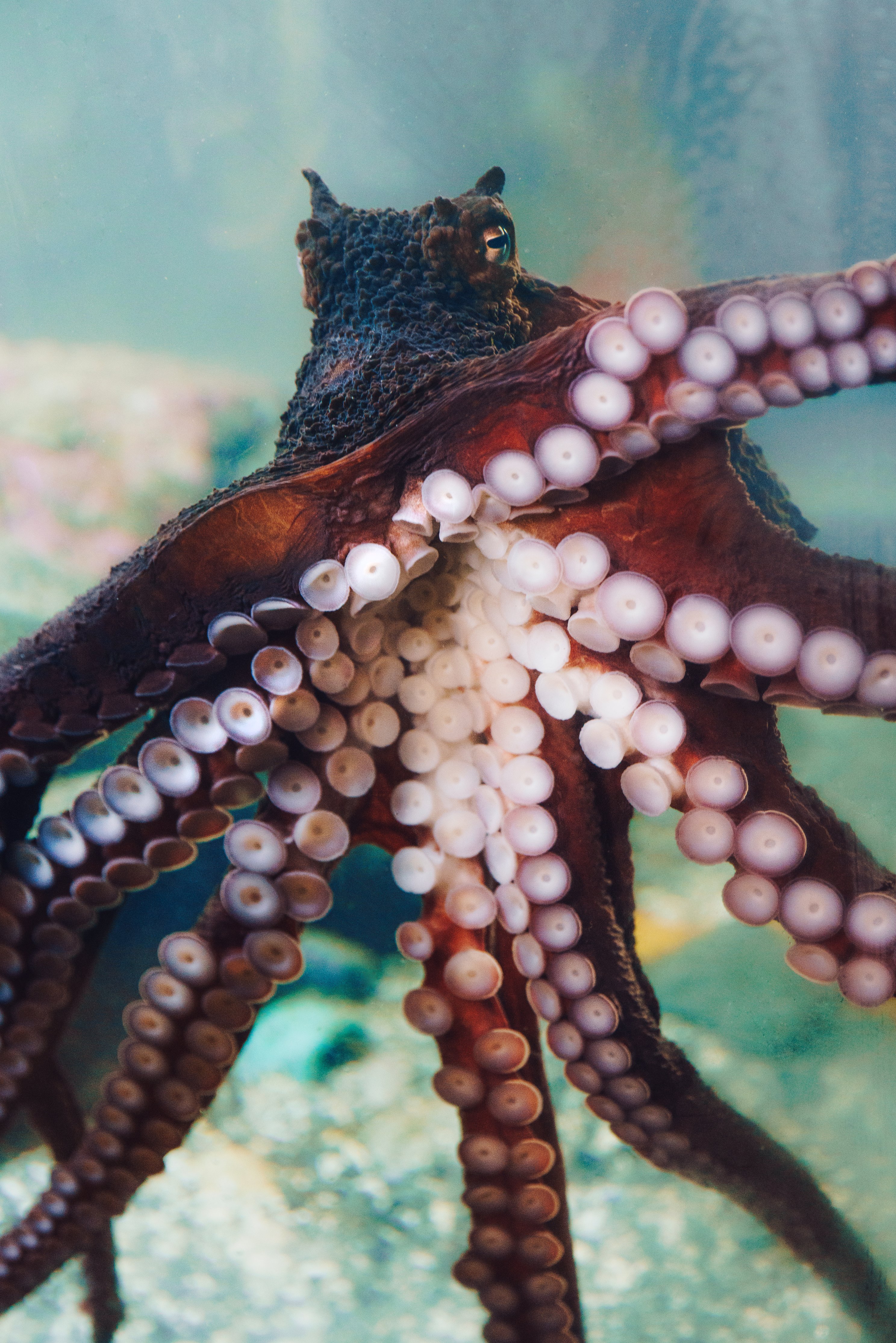Infinities
“The endless silence of these infinite spaces terrifies me” Pascal, Pensées (1670)
This vertiginous thought from Pascal is the root of this projection mapping project coded with openframeworks/C++. Let me guide you through the poetic journey I imagined… from the infinitely small to the infinitely big.
produced by: Margot Dehove
Concept / Visual
With Pascal’s philosophical vision in mind, my biologist background and my little coding knowledge I started to visualize the story I wanted to share with you. This project echoes Pascal’s feelings when Humanity witnessed, within the XVIIth century, the fading of their well-known and reassuring world’s boundaries. Indeed, both telescope and microscope inventions opened new horizons to mankind which pushed Human beings to redefine their conception of existence in this newly infinitely big and small world. What are we in these infinities? This is what I wanted to express in my work.
Infinities is composed of three acts playing with the spatio-temporal limits of the world we know of. In the first act, the infinitely small is represented with a cellular division, whereas the galaxy I designed for the third act illustrates the infinitely big concept. The second act, laying in between these two infinities, is an attempt to portray mankind in its own spatio-temporal limits, a reflection of our own life. In the following section, I will further elaborate on the acts' signification, nevertheless, the spatial aspect of this work is already visible through the change of scale between the three acts.
As we started our journey with a quote from Pascal, I wanted to carry on with literary references. Here is my game for you: Will you find the subtle allusion to one of the most famous books in the world? Hint… can you draw me a sheep?
Technical / Self-evaluation
- Act I: Under the Microscope
This first visual was mostly inspired by my histology, microbiology and plant biology lab practical memories (see pictures below). Here, the notion of time and space is governed by the simple law of biology. Indeed, by looking at this dividing cell you can appreciate the natural pace and movement achieved with Perlin noise technique, making this biological time almost true-life. The one-cell stage was voluntarily exposed for a longer time to remind you that each of us originally was one zygote. Then, as the division goes on, time and movement speed up reflecting a teeming Nature full of life. Each time the program runs, the cell movement is different due to a random attribution of position and speed to each cell.
- Act II: What are we in these infinities?
The second act, representing Humanity, invites you to start an introspection process, self-reflect on your own existence, and meditate on your life. Throughout this act, I wanted you to face the amazing diversity of the world we live in by successively changing the central eye with eyes from different species (see pictures below). Why the eyes? Some people say that they are the soul’s window… what a perfect way to illustrate all the poetry present in our world. Tic Tac Tic Tac… impossible to miss the time representation here with this ticking clock counting down a symbolic minute reminding you of life's fatality. Also, the color randomness of this clock echoes the uncertainty of our life and that, in the end, everything has a part of unexpectedness.
- Act III: Head in the sky
The grand finale of Infinities stages a galaxy that seems to never end. Several elements exhibit a certain form of cosmic temporality. The moons' periodic time generated by a sine wave refers to astronomy, the scientific study of space. This periodic feeling is also visible in the comets’ movement which endlessly reappears. The only element which remains steady is the sun, the central piece of this universe. Note a subtle and smooth color change in some of the stars, e.g. the sun and the red planet, achieved by blending two colors according to the movement of the sun rays. This embodies the terrifying serenity of these infinite spaces.
Future development
While working on my acts, I faced several technical issues. One of them concerns one of the moons of the third act, which I created by overlaying two circles. I would have liked to be able to obtain a neater result with semi-circles (use of ofPath). If we stay in the same act, when I designed the planet’s orbit, I initially intended to give it an elliptic trajectory, which was complex as I would have had to do a sloping semi-circle. Another flaw of my work is that the first act cells could “got out” of the microscope lens after a large elapsed time. Indeed, the unpredictable nature of the Perlin noise mapped on ofGetElapsedTimef() doesn’t allow me to be absolutely sure about their movement. To solve this, I wanted to find a way to mask the cells when they were out of range… which turned out to be a bit ambitious. Also, I wish I had more time to elaborate more diverse and complex visuals. In the future, I would like to extend my coding horizons and to be bolder in my choice of visuals. Furthermore, one of my forthcoming objectives is to work on my syntax refining to produce a more optimal, parsimonious, and elegant code. Even though this project is not perfect (but, what is to the eyes of its own creator?), I did my best to create this rendering and I’m satisfied with it. And most importantly I had fun discovering more about creative coding throughout this semester.
Oh and if you didn't find it out, the answer to the game was The Little Prince of St Exupéry (1943). Did you notice in the 3rd act, the lonely rose on the red planet who is still waiting for her Little Prince's comeback?
References
- Code
Theodoros Papatheodorou, Workshops In Creative Coding 1
noisySun, humbleClock, revolvingDoors, bouncingBallVector and solarSystem
Jinia Tasnin, fboTrailsExample
https://gitlab.doc.gold.ac.uk/jtasn001/pm_jtasn001_lab1234/tree/8dfcfea04c40c477c5fe1ffa643dd88c3e2a940b/examples/gl/fboTrailsExample
Lewis Lepton, openFrameworks tutorial series - episode 038 - ofNoise
https://www.youtube.com/c/lewislepton/featured
- Inspirations
The endless galaxy was inspired by this GiF: https://www.pinterest.fr/pin/179158891402711709/
My galaxy was also inspired by the dreamy universe of The Little Prince of St Exupéry (1943). If you want to see some of the original watercolors made by the author himself, here is a link to a free eBook: https://www.ebooksgratuits.com/html/st_exupery_le_petit_prince.html
- Video
Video editing was done with iMovie for Mac version 10.2.2 (Apple App).
Soundtrack sounds are without copyright notice and were retrieved from this website: https://lasonotheque.org/
- Pictures
All project's images are without copyright notice and were retrieved from this website: https://burst.shopify.com/
The pictures below were taken by myself (microscope) or were retrieved from https://burst.shopify.com/.








































































